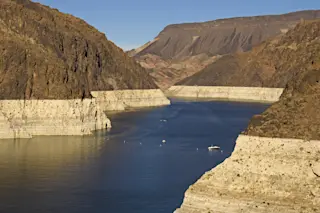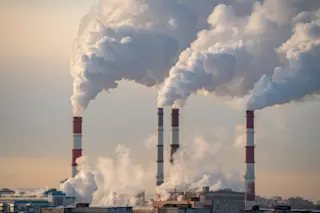During the N-ICE2015 expedition, scientists froze their boat, the Lance, into the Arctic sea ice to gather data from January to June of 2015. (Source: Norwegian Polar Institute) During each of the past three years, something quite bizarre has happened in the central Arctic. No, global warming did not cause some Thing to rise up out of the ice and go on a rampage. It was temperatures that rose up. And not just by a little. This occurred during extreme warming events near the North Pole that sent temperatures spiking close to, or above, the freezing mark for one to three days. Compare that to average winter temperatures in winter: typically lower than minus 30 degrees Celsius, or -22 F. Arctic warm spells in winter are by no means unheard of. But were the extreme conditions seen during the last three years a sign that warm episodes are becoming more ...
Remember the North Pole winter thaw? A new study finds a rising trend in Arctic warming spikes in winter
Explore how Arctic winter warming events have intensified, with temperatures soaring above -10°C and longer durations observed since 1980.
More on Discover
Stay Curious
SubscribeTo The Magazine
Save up to 40% off the cover price when you subscribe to Discover magazine.
Subscribe













